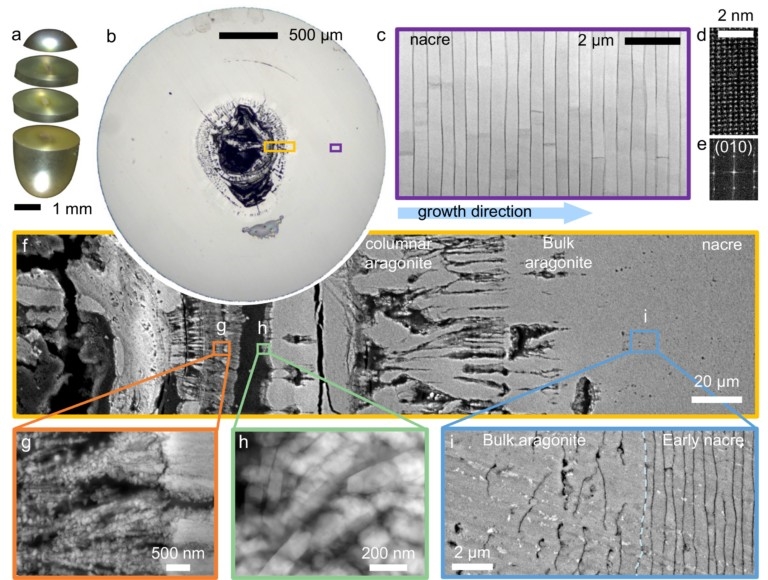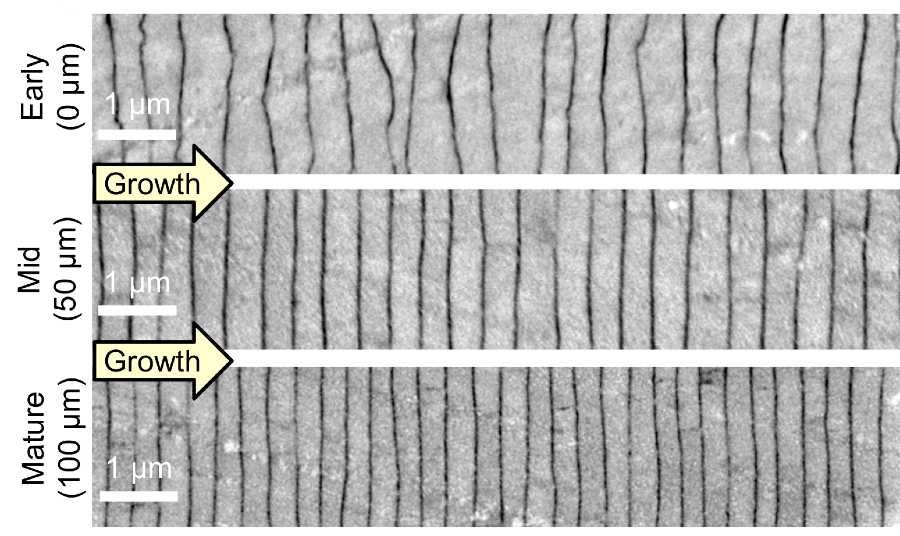How Oysters Form Perfectly Symmetrical Pearls
Oysters have the ability to form pearls better than humans, with all their technology, have been able to. How can they do that?
-

A pearl’s symmetry becomes more and more precise as it builds
A team from the University of Michigan has uncovered how mollusks build such durable structures as pearls with a level of symmetry that far surpasses anything else in the natural world (with the exception of atoms), according to a report.
The team's study found that a pearl's symmetry grows in precision as it builds.
"We humans, with all our access to technology, can't make something with a nanoscale architecture as intricate as a pearl," said Robert Hovden, University of Michigan assistant professor of materials science and engineering and an author on the paper. "So we can learn a lot by studying how pearls go from disordered nothingness to this remarkably symmetrical structure."
The pearl's organic center is surrounded by a shard of aragonite, which is then covered by layers of nacre, an extremely durable composite of organic and inorganic substances, which also makes up the shells of oysters.
The thickness of each layer of nacre has its symmetry maintained and adjusted by the oyster as the pearl grows. When one layer is thicker, the other becomes thinner.
-

via University of Michigan
"These thin, smooth layers of nacre look a little like bedsheets, with organic matter in between," Hovden said. "There’s interaction between each layer, and we hypothesize that that interaction is what enables the system to correct as it goes along."
Pearls, though lacking long-range order (meaning when hundreds of layers are maintained at a time), exhibit medium-range order (symmetry are maintained at around 20 layers at a time), which is enough to maintain consistency and durability over thousands of layers.
-

A pearl’s layers of nacre become more precise as they build outward from the pearl’s center
The study's findings were published in Proceedings of the National Academy of Sciences.

 2 Min Read
2 Min Read










